Midatlantic palm survival
JohnnieB
16 years ago
Related Stories
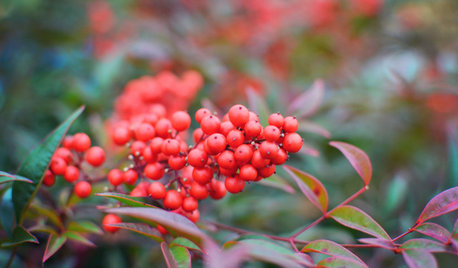
GARDENING GUIDESMid-Atlantic Gardener's January Checklist
Scatter berries while ye may, be kind to your fair-feathered friends and try a time-saving compost trick that will keep you out of the cold
Full Story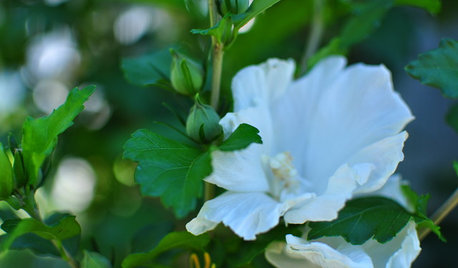
GARDENING GUIDESMid-Atlantic Gardener's August Checklist
Bring in the bounty of tomatoes, savor the show of grasses and start seeding some cool-season plants
Full Story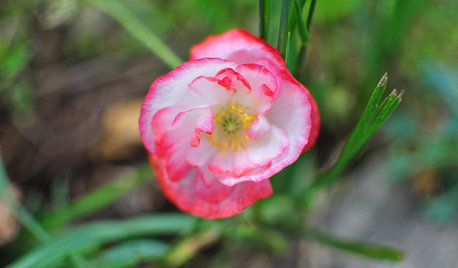
GARDENING GUIDESMid-Atlantic Gardener: What to Do in June
Abundant sun is yielding bountiful blooms in the garden this month, but don't forget to watch for pests, package some seeds and plan ahead
Full Story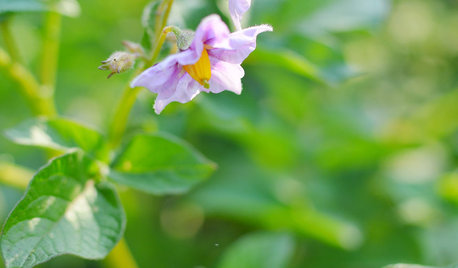
REGIONAL GARDEN GUIDESMid-Atlantic Gardener's October Checklist
It's time to tidy up from summer, savor fresh herbs while you can and prepare for the symphony of garden color to come
Full Story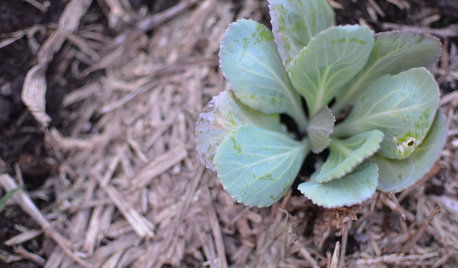
REGIONAL GARDEN GUIDESMid-Atlantic Gardener's September Checklist
Squash, anyone? Cool-season veggies are suiting up for the garden, while summer's last blooms are winding down
Full Story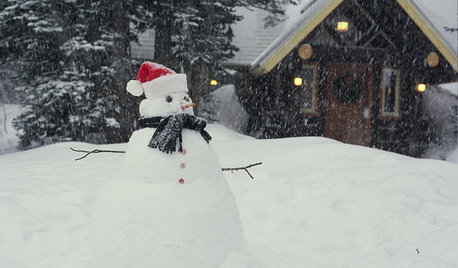
LIFEShare Your Winter Storm Jonas Photos and Survival Tips!
Let’s see your pictures and hear your ideas on how you’re keeping your house warm and staving off cabin fever
Full Story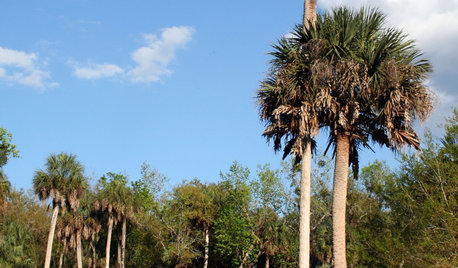
TREESGreat Design Plant: Sabal Palm Enchants in Balmy Sites
Towering and tolerant, this tree blends in, stands out and happily stars in vacation photos
Full Story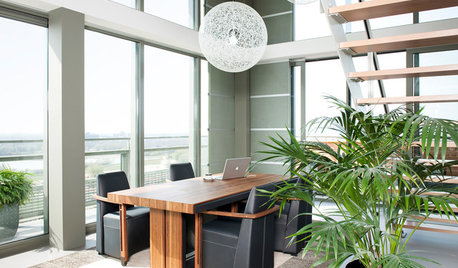
HOUSEPLANTSMeet a Palm That's Fine With Fluorescent Light
Get the look of the tropics without the full-on sun and high humidity — parlor palm tolerates regular indoor conditions with aplomb
Full Story
GARDENING GUIDES9 Clay-Busting Native Flowers for Summer Sun
These plants survive and even thrive in tough clay soil east of the Rocky Mountains
Full Story
GARDENING GUIDESGreat Design Plant: Grow Blueberries for Their Fruit and More
Eastern gardeners should consider growing blueberry plants for their delicious fruits, bee-friendly spring blooms and brilliant fall foliage
Full Story






thistle5
JohnnieBOriginal Author
Related Professionals
Chattanooga Landscape Architects & Landscape Designers · Clemson Landscape Architects & Landscape Designers · Horsham Landscape Architects & Landscape Designers · Suffern Landscape Architects & Landscape Designers · Bethel Park Landscape Contractors · Ellicott City Landscape Contractors · Las Vegas Landscape Contractors · Mahwah Landscape Contractors · Rochester Landscape Contractors · Wallingford Landscape Contractors · Greenfield Landscape Contractors · Quartz Hill Landscape Contractors · Rochester Siding & Exteriors · Southampton Siding & Exteriors · Yakima Siding & ExteriorsJohnnieBOriginal Author
cfmuehling
thistle5
JohnnieBOriginal Author
watergal
JohnnieBOriginal Author
cfmuehling
annebert
thistle5
watergal
watergal
JohnnieBOriginal Author
annebert
thistle5
JohnnieBOriginal Author
watergal
JohnnieBOriginal Author
watergal
JohnnieBOriginal Author